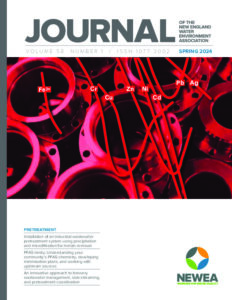By David Wright
Continued from part two of this series.
In October/November of each year, OSHA publishes the Top 10 Most Frequently Cited Standards.
Here are the Top 10 for 2017:
- Fall Protection – General Requirements
- Hazard Communication
- Scaffolding
- Respiratory Protection
- Lockout/Tagout
- Ladders
- Powered Industrial Trucks
- Machine Guarding
- Fall Protection – Training Requirements
- Electrical – Wiring Methods
I thought it might be helpful to you if I spent some time going through this list and giving you some of the easy things to reduce injuries and to raise awareness:
Powered Industrial Trucks
Powered industrial trucks (PIT) are defined as fork trucks, tractors, platform lift trucks, motorized hand trucks, and other specialized industrial trucks powered by electric motors or internal combustion engines, and the most common deficiencies are:
- Employer does not ensure that each operator is competent to operate each PIT safely and certify that each operator has been trained and evaluated.
- Each operator evaluated at least once every three years.
- Unsafe equipment not taken out of service.
Machine Guarding
One or more methods of machine guarding shall be provided to protect the operator and other employees in the machine area from hazards such as those created by point of operation, ingoing nip points, rotating parts, flying chips and sparks. Examples of guarding methods are: barrier guards, two-hand tripping devices, electronic safety devices, etc. The most common areas of deficiencies are:
- Missing and/or removed guarding
- Machines designed for fixed location are not secured to the floor or bench to prevent movement
Fall Protection – Training Requirements
Fall protection is required in General Industry at height of four feet or more and in Construction at six feet or more. Here are the most frequently cited problems:
- Employer does not train their employees to recognize the hazards of falling, use of fall protection systems, and how to minimize these hazards by a competent person.
- Employer does not provide a written certification that each employee has been trained in fall protection
- When inadequacies are found in fall protection and/or training, retraining must be completed.
Electrical – Wiring Methods
This particular series of violations comes from 1910.305 and covers the use of temporary wiring, flexible cords (extension cords), and cabinets and panels. Here are the most common problems found:
- Flexible cords being improperly repaired or spliced.
- Unused openings in cabinets or panels not closed.
- Lack of purpose markings on electrical panels and disconnects
David Wright, is the Health & Safety Manager for Weston & Sampson, Inc. and has been a safety professional for over 20 years’ experience, managing the safety and human resources for some of the larger companies in the U.S. He is the Chair of the NEWEA Safety Committee, an OSHA Authorized Trainer, in both Construction and General Industry. He is recognized for developing and maintaining a “world class” safety culture in the water, wastewater, construction, transportation, mining, and municipal solid waste service industries, and is skilled in training both internal and external customers.



No comments yet.